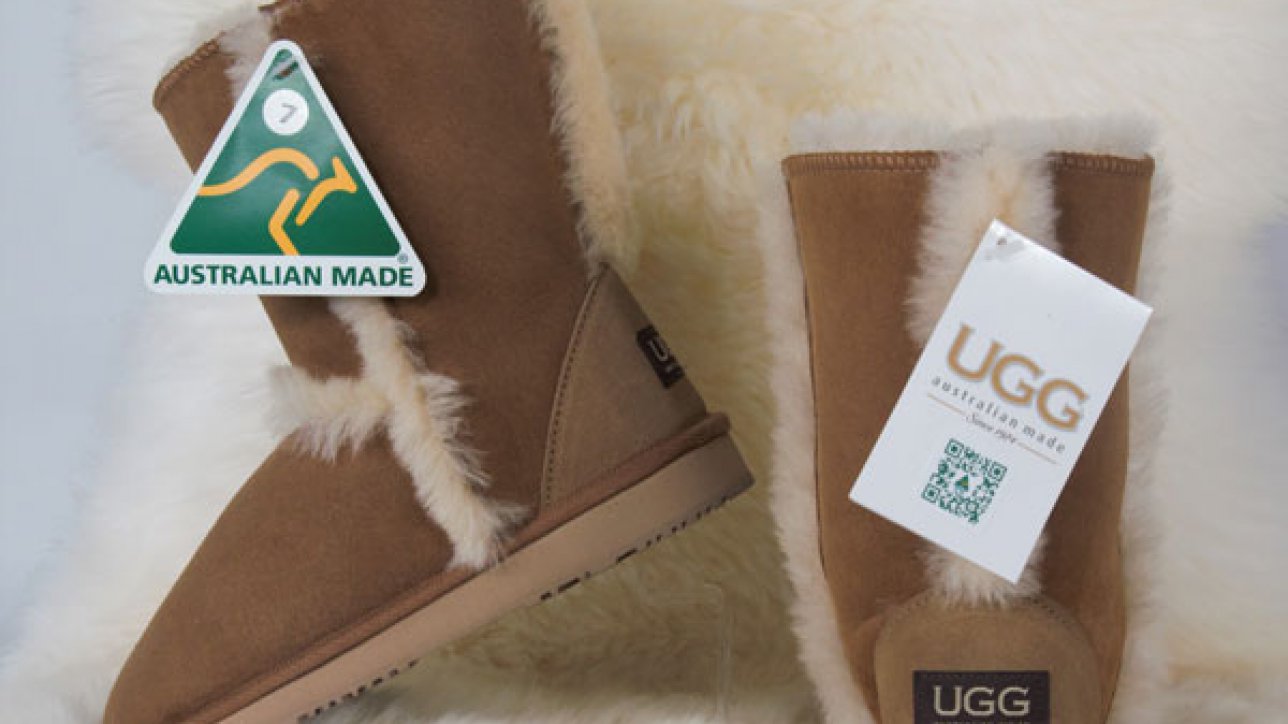The simple answer is very much alive, but there are pro’s and cons. So we thought we’d give you a quick rundown of why, as well as where the future of QR codes lies and how YPB is taking the humble QR to a whole new level of security and traceability.
The rapid adoption of QR codes has not only changed the way consumers pay for products and services but has also evolved the way in which they connect and engage with brands. QR codes on products enable consumers to easily scan these codes for further information, which the enables brands to connect directly with their customers via their smartphone.
Apple’s iPhone and most Android phones now have QR Code recognition built into their camera apps, which means all you need to do is open the camera, focus it on the code and then tap the link that appears on the screen. The release of Apple’s iOS 11 later this year will even allow you to scan a QR code from the lock screen and even in Safari!
QR codes are powerful tools that can open up great opportunities for brands. The codes can hold data that can provide marketing and product information, and most importantly verify the product’s authenticity.
Imagine a customer purchases a product. They scan the QR code and are instantly taken to a deep digital customer experience. This experience is only limited by the imagination of the brand:
- View a brand’s website
- View a brand’s media profile
- Send an email or text
- Dial a telephone number
- View a Google Maps Location
- View a special offer or enter a competition in return for providing more customer information
The brand in return can receive gain information about those customers.
China has taken the lead in the adoption and deployment of QR codes on almost every product and service – purchasing a movie ticket, renting a bicycle, paying for food at a restaurant, renting an apartment, receiving money – QR usage touches every sphere of Chinese life. The usage of QR code driven mobile payments in China dominates commerce and eCommerce and is spearheading its evolution in to a cashless society.
The reality is that if you’re not using or planning to use QR codes in your business, or prepared to use them as a consumer, you may struggle to perform otherwise simple transactions in the near future.
There is however an Achilles heel with QR codes: they can be copied and counterfeited. The majority of codes are simply paper labels – a physical product that connects to the digital world – so criminals have found ways to exploit the system for their own gain.
In late 2017 an incident was publicised where fraudsters in China were able to steal $USD13 Million using fake QR’s!
How? It’s very difficult to tell if a QR code is legitimate on face value, because their very nature of being black and white squares means they all basically look the same. All fraudsters have to do is place fake QR codes over legitimate codes and when someone scans them, they open a gateway through their smartphone to their personal details … and bank account.
QR codes need multiple levels of authentication and security to be truly effective in mitigating fakes and delivering certainty of authenticity.
YPB’s proprietary ProtectCode adds additional layers of overt and covert physical security measures to a specially designed QR code that gives a brand’s customers trust in a product’s authenticity. And because authenticity triggers engagement it acts as a powerful method to engage with customers every time they scan. Using our YPB Connect platform brands can access detailed customer information such as the customer scan location, email, address gender and more to initiate targeted marketing campaigns and maintain an ongoing dialogue.
To find out more about YPB’s fake-busting ProtectCode how the YPB Connect customer engagement platform click here, or email us at marketing@ypbsystems.com

